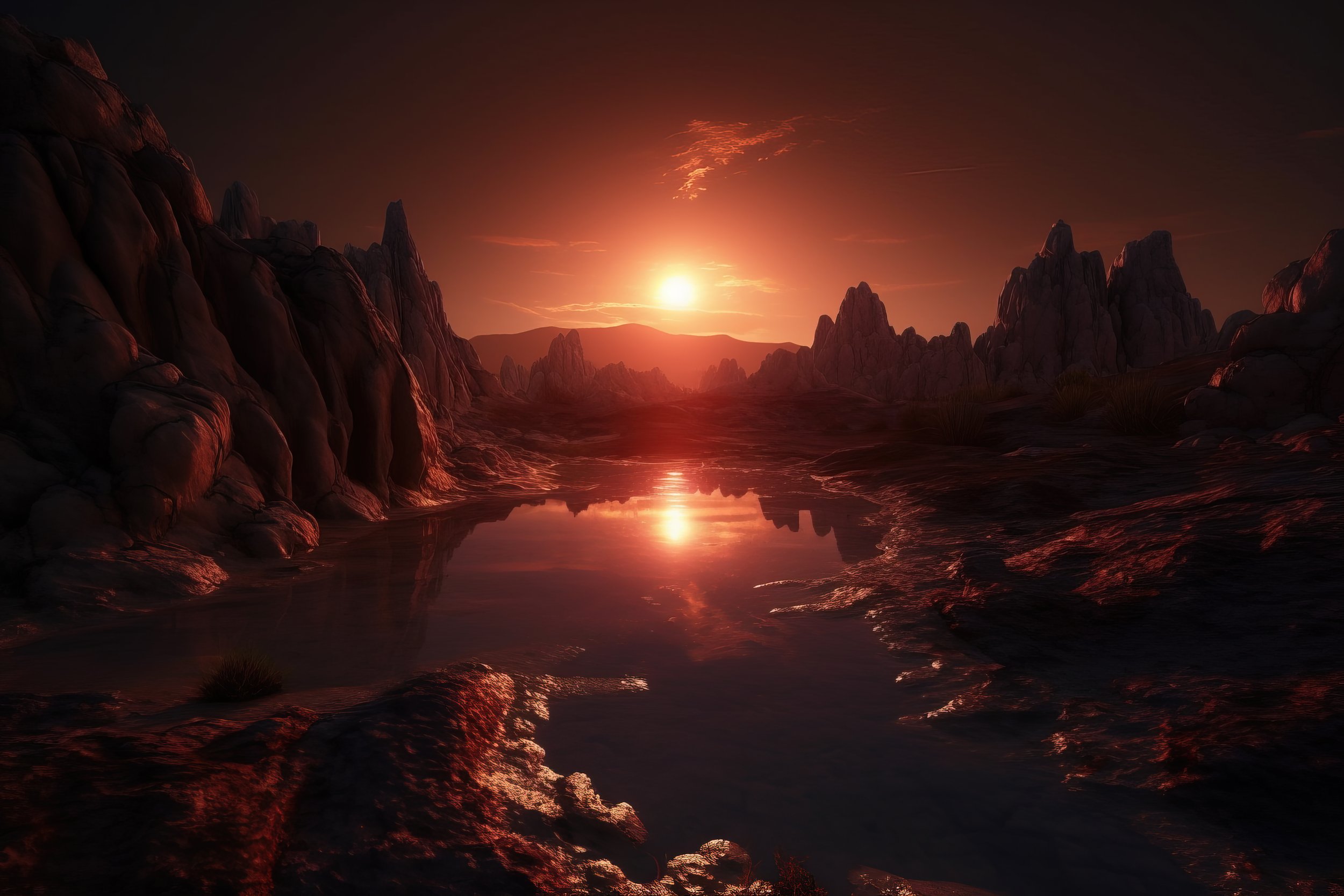About Me
Researcher + Science Communicator
I started my career as a science journalist and later put myself through additional coursework to better prepare for graduate studies. As a reporter, I covered stories about particle physics experiments, veterinary medicine, microbiology research, and astrophysical discoveries. My beat at various science desks was predominantly astronomy. As a storyteller, I often reported on hard sciences using narratives about the characters in the lab, on the field, or at the microscope. Despite focusing on physical sciences, I always reported projects outside my comfort zone. In doing so, I developed a new appreciation for the life sciences and taught others about valuable research in biology. This is where I felt my first spark to pursue astrobiology more wholeheartedly.
I pursued a graduate degree in microbiology with astrobiology as a larger focus—a field I grew passionate about through academics and reporting. My broad interests include planetary science, microbiology, and biochemistry. I gained a better understanding of these fields and how to use them to hone in on a specific interest: I want to contribute to research in detecting biosignatures on exoplanets. My interests lie in the origins of life, both on Earth and elsewhere in the universe. I obtained a well-rounded, multidisciplinary wealth of knowledge in my MSc microbiology program to further my specific research goals in pigments that point to the potential for life.
Experience
viaPhoton - Technical Writer
December 2025 - Present
Nalco Water, An Ecolab Company - Laboratory Technician
October 2024 - November 2025
Self-Employed - Freelance Science Communicator
September 2016 - Present
Northern Illinois University - Graduate Research Assistant
August 2022 - August 2024
Northern Illinois University - Graduate Teaching Assistant
August 2022 - May 2024
Aurotech, Corp. - Technical Writer/Data Analyst for the U.S. Food & Drug Administration
May 2018 - March 2022
Northern Illinois University - Post-Baccalaureate Research Assistant
June 2020 - April 2021
PBS NewsHour - Science & Social Media News Assistant Fellowship
September 2017 - May 2018
National Audubon Society - Editorial Internship
June 2017 - September 2017
PreScouter, Inc. - Subject Investigation Analyst
December 2016 - May 2017
BioTechniques - Freelance Science Writing Intern
October 2016 - May 2017
Fermi National Accelerator Laboratory - Science Writing Intern
January 2016 - May 2016
American Veterinary Medical Association - News Writing Intern
August 2015 - September 2015
Education
Northern Illinois University
M.S. Microbiology
Graduated Aug 2024
College of DuPage
A.S. Microbiology
Graduated Dec 2021
Columbia College Chicago
B.A. Science Journalism, Minor in Photojournalism
Graduated summa cum laude Dec 2015
College of DuPage
A.A. Mass Communication
Graduated May 2013
Photography
Skills
Analytical Chemistry
〰️
Reporting
〰️
Bacterial Culturing
〰️
Writing
〰️
Editing
〰️
Proposals
〰️
Interviewing
〰️
Aseptic Technique
〰️
Videography
〰️
Photography
〰️
Microscopy
〰️
Science Communication
〰️
Good Lab Practice
〰️
Analytical Chemistry 〰️ Reporting 〰️ Bacterial Culturing 〰️ Writing 〰️ Editing 〰️ Proposals 〰️ Interviewing 〰️ Aseptic Technique 〰️ Videography 〰️ Photography 〰️ Microscopy 〰️ Science Communication 〰️ Good Lab Practice 〰️
Research Interests
My M.S. thesis project delved into the biosynthesis of a newly discovered chlorophyll found in marine cyanobacteria called Acaryochloris. These organisms hail from around the world, and several species contain this unique chlorophyll called chlorophyll d.
I found these organisms fascinating because chlorophyll d helps them perform photosynthesis in environments that are not as rich in full-spectrum sunlight. The available light in these environments includes far-red light and infrared, and chlorophyll d is a pigment that can absorb that low-energy light.
Acaryochloris species that tap into far-red light are becoming increasingly valuable for astrobiologists interested in the evolution of photosynthesis on other worlds. Approximately 70% of the Milky Way galaxy is comprised of stars that emit low-energy light, such as the far-red light used by Acaryochloris. With my findings, astrobiologists hope to use these cyanobacteria as model organisms to achieve our collective mission of discovering signs of life beyond our planet.
Awards
AbSciCon Poetry Competition - 2nd Place Winner
Astrobiology Science Conference (AbSciCon) · May 2024
George L. Terwilliger Scholarship
Northern Illinois University · Apr 2024
Rhoten A. Smith Research Assistantship
Northern Illinois University · Jan 2023
Chicago Artists Month
Chicago Department of Cultural Affairs · Nov 2015
Volunteer Experiences
Letters to a Pre-Scientist
Scientist and K-12 Pen Pal Program
Northern Illinois University
Monthly Science Communication Workshop
Biological Sciences New Graduate Student Mentor
STEMFEST Volunteer
Animal Welfare League of Alexandria
Cat/Kitten Fostering
DuPage County
Election Judge
HCR ManorCare
Assisted Living for the Elderly
Personal Interests
Reading
Gardening
Birding
Hiking
Stargazing
Fostering Animals
Cozy Video Games
Movie Marathons







































